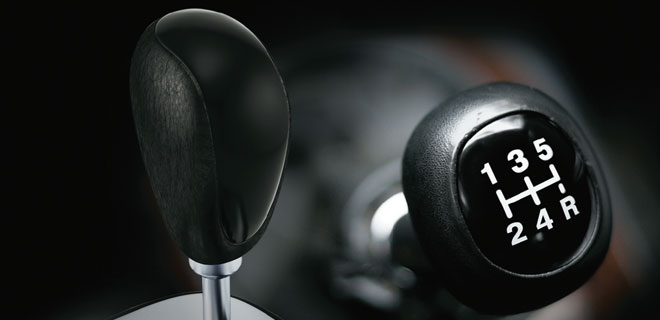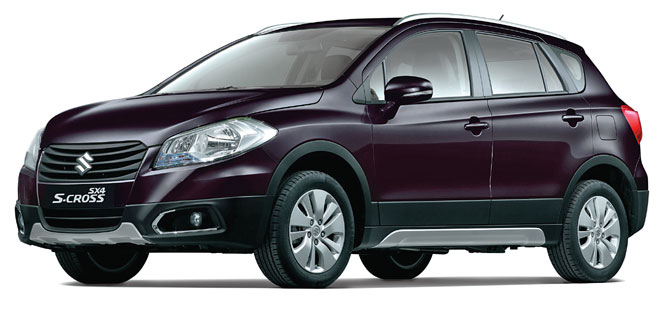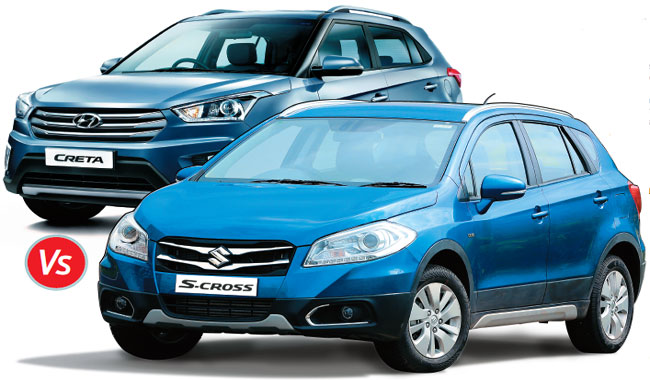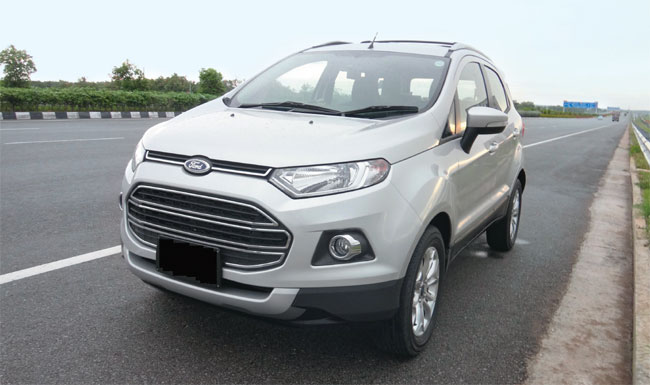AMTs shifting gears
The advent of newer technology has closed the gap between conventional and automatic drives

Cars with automatic transmissions have never really been popular in India for a variety of reasons, ranging from cost of purchase to poor fuel efficiency and lacklustre performance. But, all that changed with better technology that took care of some of these problems.
Most automatics that existed up to a few years ago in India were regular torque convertor automatic transmissions that relied on fluid dynamics in a converter (that is equivalent to a clutch in a manual transmission) to provide motive power between the engine and the wheels. However, this resulted in some loss of power and fuel efficiency as well.
Then came constantly variable transmissions (CVTs) that managed to address concerns of fuel inefficiency. These transmissions are proper automatics that offer many gear ratios depending on engine speed and driving conditions, and hence, if driven properly, offer fuel efficiency that is as good or better than a manual transmission.
Cars such as the Nissan Micra, the Nissan Sunny and the new Honda City automatic variants use CVT.
The advent of dual-clutch automatic transmissions in budget cars (used only in high-end cars earlier) took care of the performance aspect of automatic transmissions as well. Dual-clutch automatic transmissions first appeared in cars such as the Ford Fiesta, Skoda Octavia and now the Volkswagen Vento, Polo and Skoda Rapid. These 6-speed or 7-speed automatic transmissions offer millisecond quick gear changes, resulting in better performance than a manual transmission and also offer equivalent fuel efficiency. But, they are complicated and expensive.
Last year, the launch of the Maruti Celerio put the spotlight on another kind of automatic transmission— the automated manual transmission or AMT. This is as good as, if not better than, a manual transmission as it provides the convenience of an automatic transmission with the performance and fuel efficiency of a manual at a price tag that is not really that much more. The Celerio AMT variant costs only Rs.35,000 more than the manual, compared to the Rs.1 lakh-Rs.1.25 lakh price difference for conventional automatics versus manual transmissions.
AMTs work by having an electromechanical unit take care of clutch and gear shifting duties. To the user, it appears exactly like a car with an automatic transmission—with no clutch pedal and similar gear selector to an automatic. But, it is cost effective for both the car company and the buyer as the gearbox for the manual and automatic is exactly the same. The car drives just like an automatic, without the driver having to shift gears, but it is not as smooth as a CVT, dual-clutch or torque converter automatic. However, it gives good fuel efficiency and performance at an affordable price point, which is a decided plus.
Tata has launched the Zest with AMT variants in diesel and will soon offer it in the Nano as well. Maruti offers AMT on the Celerio and the Alto K10, and will soon incorporate it in the Swift and the Dzire too. Mahindra will also offer it on couple of its SUVs. So, are AMTs as good as conventional automatics? Yes, they are in most aspects.
The author is an automotive journalist. The views expressed are his own.









